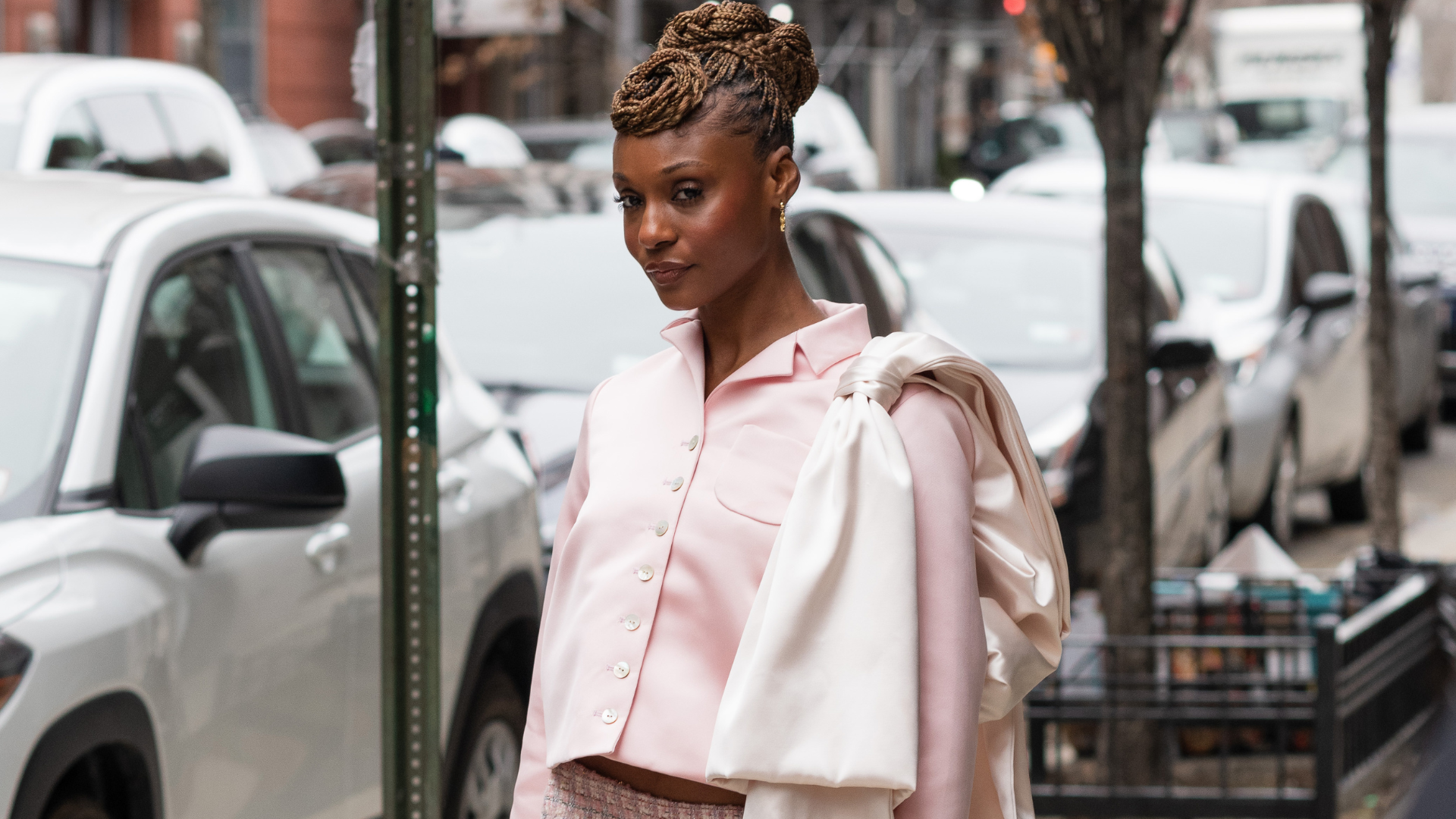
In recent years, I’ve noticed that there’s been a shift in the fashion lexicon. Brands are all chasing the same aesthetic, with the key aesthetics being between “quiet luxury” and the capsule wardrobe look. Both of these ideal style archetypes lean on pieces like your favorite vintage denim jeans paired with sophisticated separates which could be simple white T-shirts, fur coats, and turtlenecks in muted tones. Online, there is a bevy of brands ranging from overpriced to downright cheap variations of oversized blazers, office-ready trousers, and emotionless going-out tops–these are the options being pushed right now, especially for millennial fashion lovers.
Some brands that come to mind that are shelling out these offerings include The Frankie Shop and Anine Bing–on the more affordable front Zara is also regularly serving up fashionable items. Color palettes are also more muted than they’ve ever been, it appears black, gray and tan have a longstanding yet somewhat boring hold on many, especially when it comes to getting dressed for work and play. Where does all of this leave those women who grew up in stores like Limited Too and then were old enough to go to Betsey Johnson when the designer still had standalone boutiques like myself?
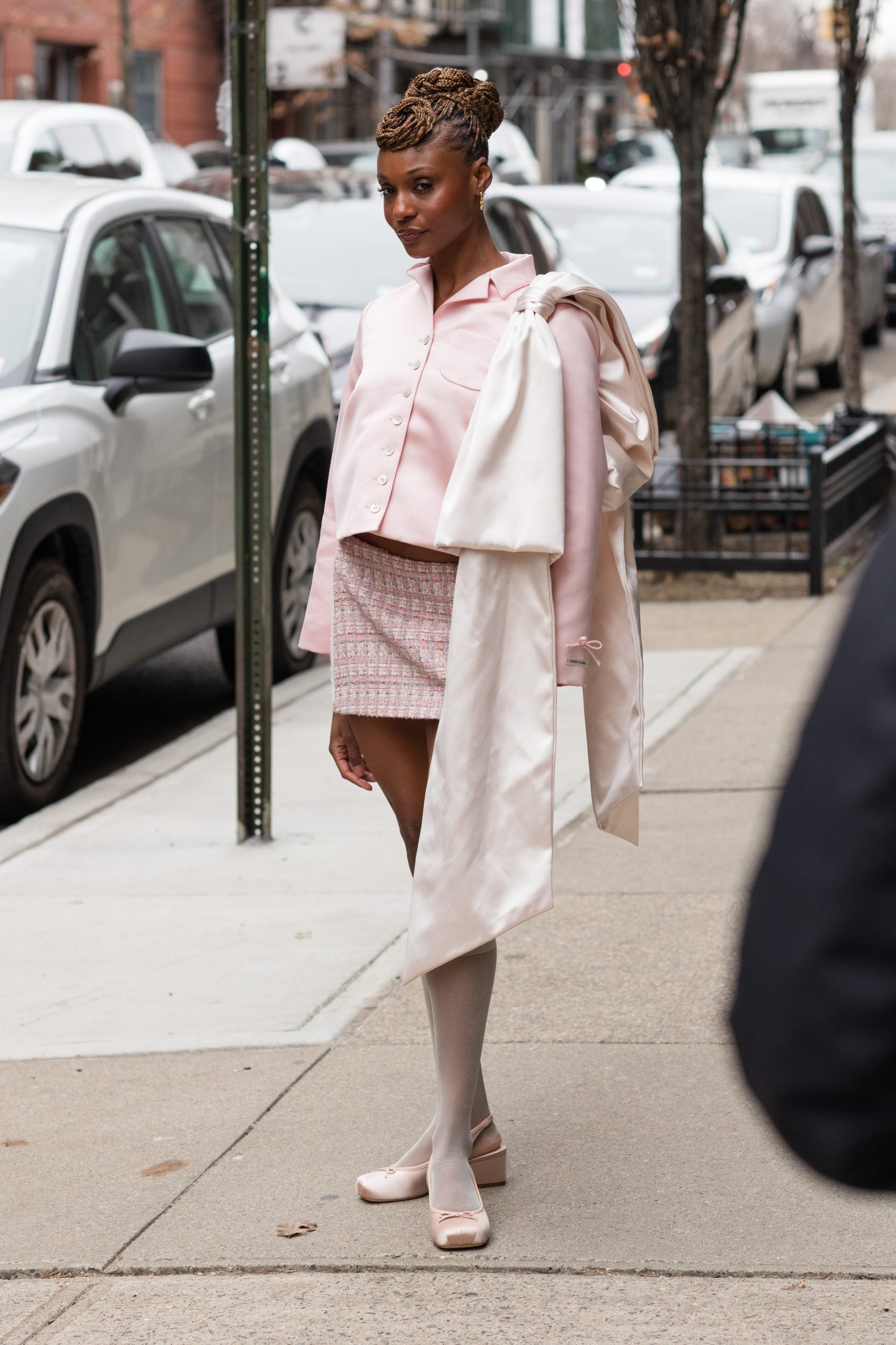
Here enters the few brands that are subverting the tropes associated with growing older, in fact, they’re capitalizing on childlike nostalgia to drive sales. They include Lisa Says Gah, J. Crew, and Sandy Liang. Rather than falling for the belief that a brand can garner sales by providing essentials that have no emotion, these companies are focusing on other ideals. Some of the tropes have led women to believe they must embrace pieces that are unshapely and non-distinct are archaic–and that’s what makes Olympia Gayot’s era at J. Crew stand out.
Since becoming the womenswear director, Gayot has added her flair to the retailer. There’s a wearability factor that I don’t think the women’s clothing at J. Crew has had since the ‘10s when I was in college. As a creative leader, Gayot often shares ‘90s catalogs and mood boards from eras that preceded her, she also often shares images on her personal Instagram account in her designs. By reaching backward she and her creative team have been able to bring the vintage prep inclinations into the present with a twist.
Over the past four years, Gayot has been building the brand’s credibility while creating inspiring lookbooks that point to how the brand’s silhouettes can be ushered into your rotating wardrobe. Sheath turtlenecks in hues like lime green and magenta are normalized because they can be layered underneath cashmere sweaters. A baby pink off-the-shoulder bodysuit can be worn with a matching sequin skirt. These outfit variations are the grown-up version of what I’d imagined myself wearing as an adult, they evoke a spirit of playfulness too.
Lisa Says Gah founded in 2015 is in this number due to the joyful spirit associated with the brand. Options from Ganni, Tyler McGillivary, and more are shoppable on the site. There is a homegrown energy that is felt whenever I peruse their website after receiving a newsletter email. Film shots of models are sprinkled throughout the site rather than heavily edited shots. There’s an excitement lurking amongst the pieces being offered too. Lisa Says Gah has red mini skorts, newly launched satin low heels in powder blue, and ballerina pink plus black (as a part of their in-house line).
The site even has slip dresses and denim emblazoned with treats like mini cakes, lace tees, and cropped knit bralettes that feel very ‘90s-inspired. My perception of the in-house line is that the company’s staff found a way to optimize trends without making them feel too stuffy. Quirkiness is a driving factor behind many of the available goods, this is also what is appealing to me. Lisa Says Gah is for the modern woman unafraid to experiment with her work attire.
Sandy Liang has to be well aware of the consciousness of the millennial and Gen Z customers who are enamored with her designs. Baby pink is a tone that is often used in her lines of clothing. Garments are given pronounced details instead of existing as merely a cardigan or a skirt. For instance, one sweater in black that is currently available has a mother-of-pearl heart, star, and flower buttons, a whimsical approach that notes her ability to present items with detailing that feels intentional and almost childlike in its approach.


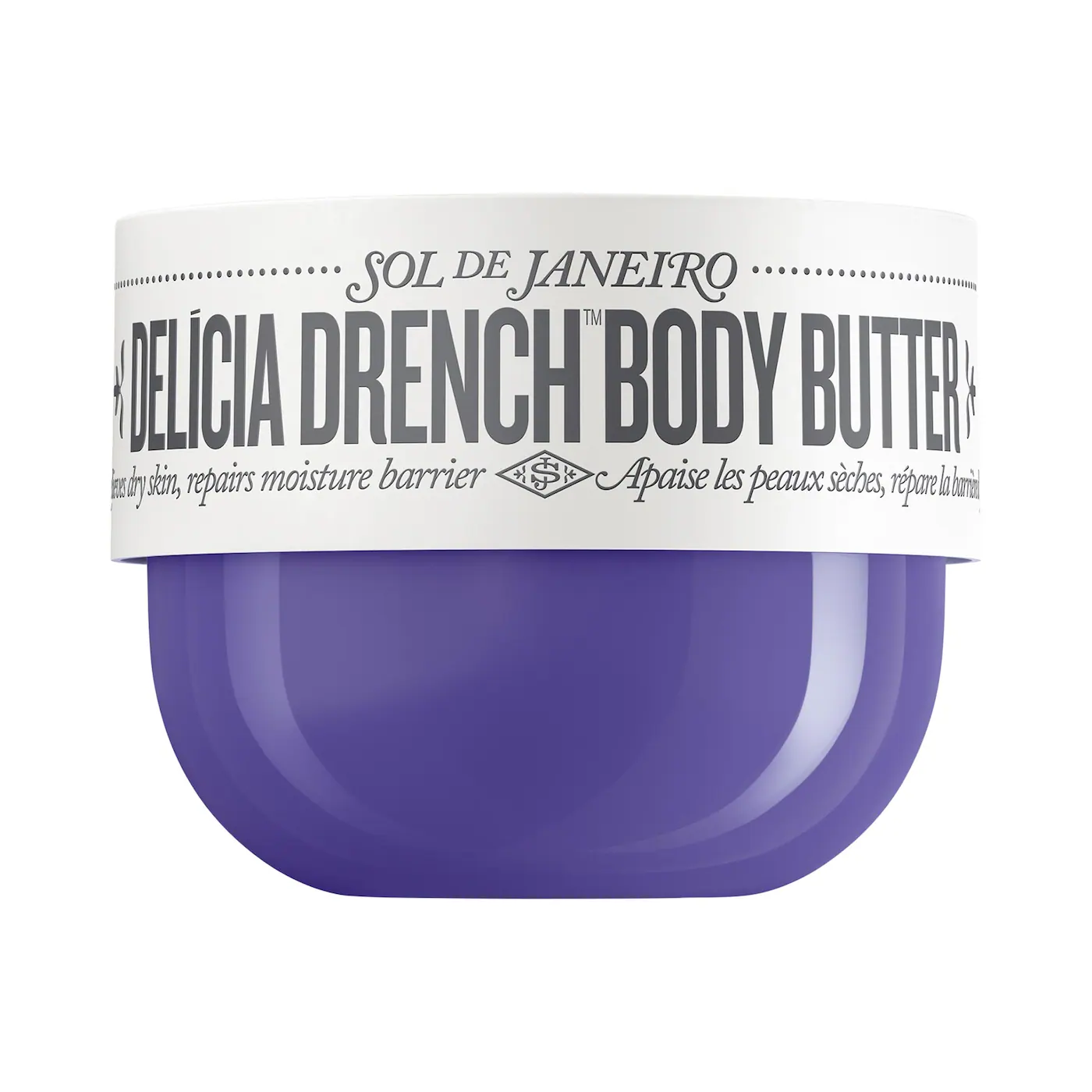
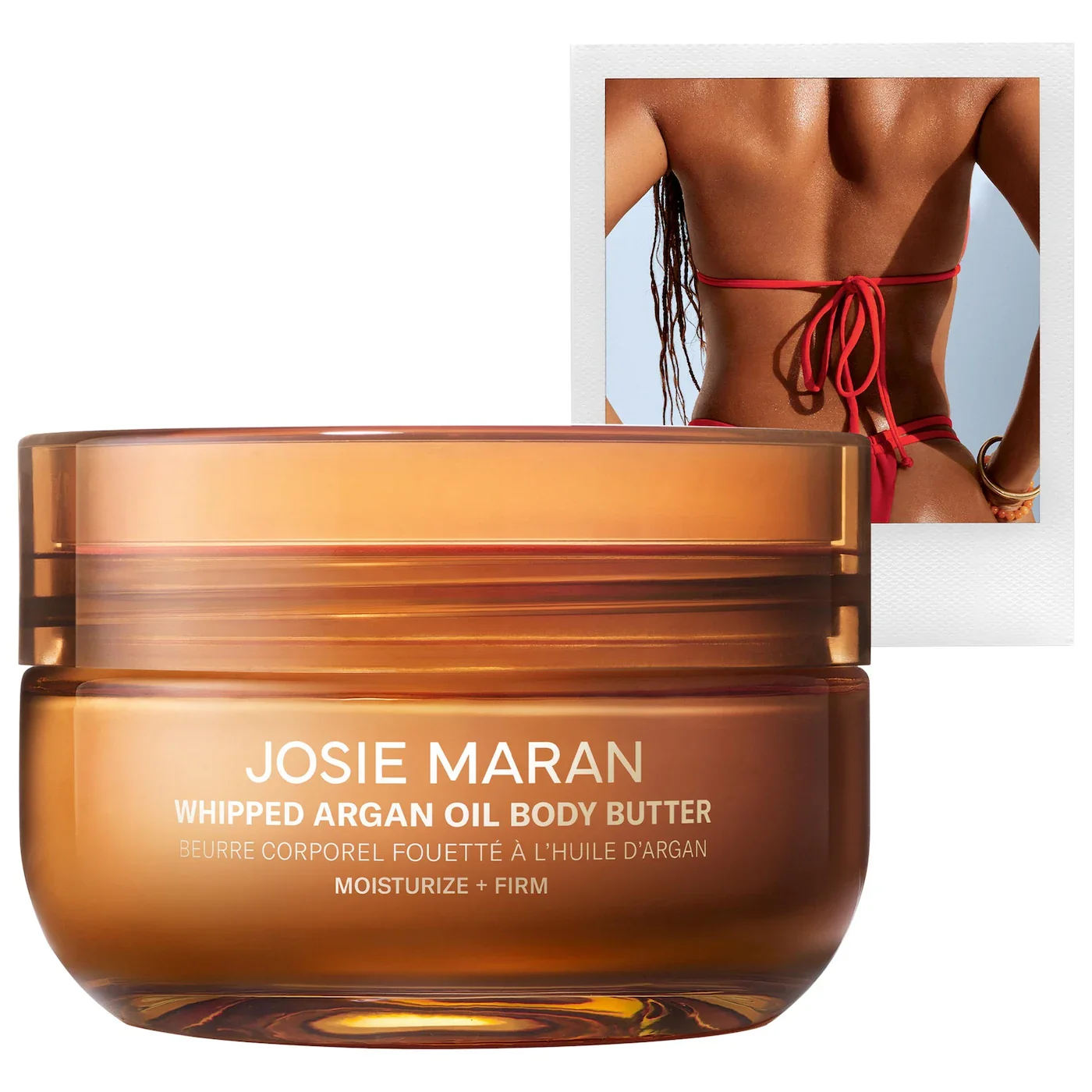
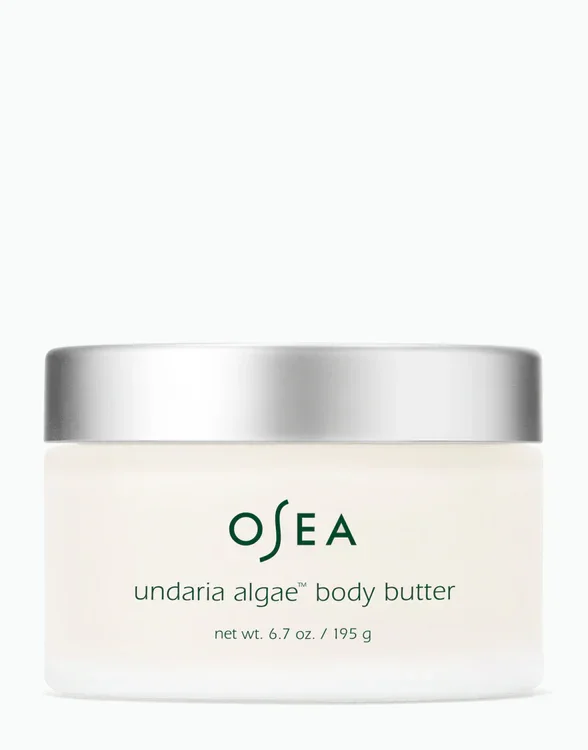


The designer’s choices harken back to an era when Delia’s catalog was rampant in the homes of girls of the ‘00s. Mary Jane flats and platforms by Sandy Liang which have grown in popularity in recent months give off such a nostalgic feeling. It was almost off-putting when I realized they were being worn by influencers and women I spotted on the streets of New York City. It felt strange and like I’d been transported to my high school days when flats and Mary Jane shoes were a trend. But, this product is another example of the designer’s ability to push forward her ideals of womenswear.
Each of these companies is creating its aesthetic value by reimagining what womenswear can look like. This is jarring to experience as many other brands have chosen to double down on playing into the belief that women specifically dress according to trends and nothing more. Aside from it being jarring, delving into womenswear brands and sites that are experimenting allows me and many others the space to not settle for wearing monotonous, trend-driven clothing. Alternatively, rather than dressing like girl bosses, pieces from Lisa Says Gah and beyond present ways to be office-friendly and unorthodox simultaneously.





